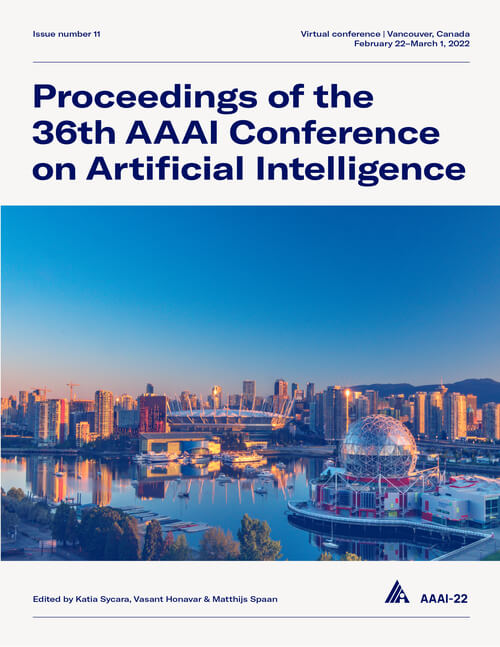Unit Selection with Causal Diagram
DOI:
https://doi.org/10.1609/aaai.v36i5.20519Keywords:
Knowledge Representation And Reasoning (KRR), Reasoning Under Uncertainty (RU), Cognitive Modeling & Cognitive Systems (CMS)Abstract
The unit selection problem aims to identify a set of individuals who are most likely to exhibit a desired mode of behavior, for example, selecting individuals who would respond one way if encouraged and a different way if not encouraged. Using a combination of experimental and observational data, Li and Pearl derived tight bounds on the "benefit function" - the payoff/cost associated with selecting an individual with given characteristics. This paper shows that these bounds can be narrowed significantly (enough to change decisions) when structural information is available in the form of a causal model. We address the problem of estimating the benefit function using observational and experimental data when specific graphical criteria are assumed to hold.Downloads
Published
2022-06-28
How to Cite
Li, A., & Pearl, J. (2022). Unit Selection with Causal Diagram. Proceedings of the AAAI Conference on Artificial Intelligence, 36(5), 5765-5772. https://doi.org/10.1609/aaai.v36i5.20519
Issue
Section
AAAI Technical Track on Knowledge Representation and Reasoning

